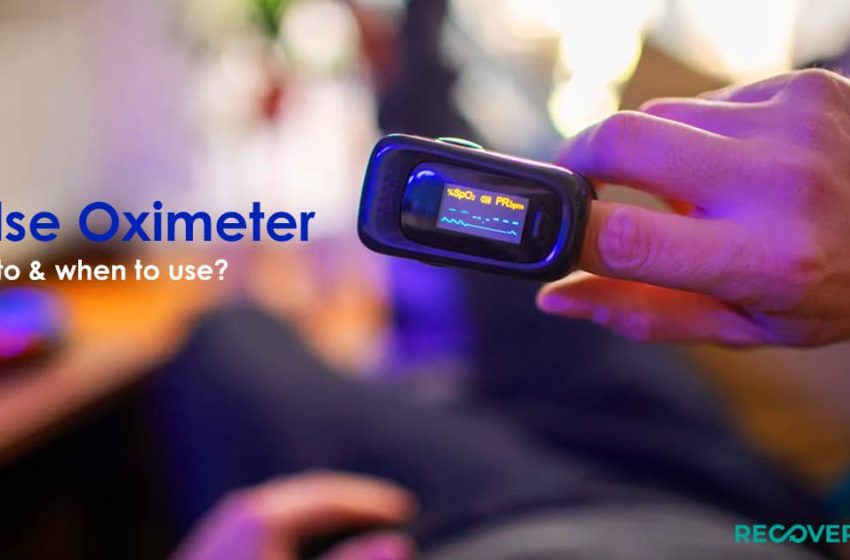Pulse Oximeter when and how to use

Pulse oximetry is a painless and noninvasive test to measure the oxygen levels in the blood. The oximeter can detect the smallest of changes in how efficiently oxygen is being carried to the extremities including the legs and the arms, from the heart. A pulse oximeter is a small clip-like device that can be attached to a body part, for example, a finger, toes or an earlobe. It is most commonly put on a finger and often used in emergency rooms and hospitals. Pulmonologists may use it in office.
Uses
A pulse oximeter is used for checking how well your heart is pumping oxygen throughout the body. It may be used for monitoring the health of individuals with any type of condition that affect the levels of oxygen in the blood. The conditions include:
- Congenital heart defects
- Heart attack or heart failure
- Anemia
- Lung cancer
- Pneumonia
- Asthma
- Chronic obstructive pulmonary disease
- Covid-19 (Covid-19 causes inflammatory changes in the lungs, decreasing its ability to get oxygen to the blood quickly)
There are different uses of pulse oximetry, including:
- For assessing how well a new lung medication is working
- For evaluating whether someone needs help breathing
- For evaluating how helpful a ventilator is
- To monitor levels of oxygen during or after surgical procedures requiring sedation
- For determining how supplemental oxygen therapy works, especially with new treatments.
- To evaluate someone’s ability to tolerate increased physical activity.
- To assess if someone momentarily stops breathing while asleep, for example, in sleep apnea.
How to use a pulse oximeter?
Pulse oximetry can be used in both inpatient and outpatient settings. Your doctor may even recommend having a pulse oximeter for home use in some cases.
- Pulse oximeters are usually supplied with a clip like device that can be placed on your finger, earlobe and toe. It may cause you to feel a small amount of pressure, however, there is no pain or pinching. In some cases, a sticky adhesive is used to place a small probe on your finger or forehead. You may even be asked to remove nail polish if the oximeter is being clipped to your finger. The probes are designed so that they can shine light through the finger and detect it on the other side.
- You will have to keep the probe on for as long as required to monitor your pulse and oxygen saturation. When monitoring physical activity, this will be during the extent of the exercise and recovery period.
- The probe will be attached beforehand during surgery and removed once you are awake and no longer being supervised. At times it is only used for taking a single reading very quickly.
- The clip probe is removed once the test is over.
- To ensure that the pulse oximeter works correctly, the probe should be put on the patient correctly.
Things that may stop the pulse oximeter from working correctly
- Nail polish or pigment on the finger
- Bright light on the probe
- Movement of patient
- Poor perfusion
- Poisoning with carbon monoxide
